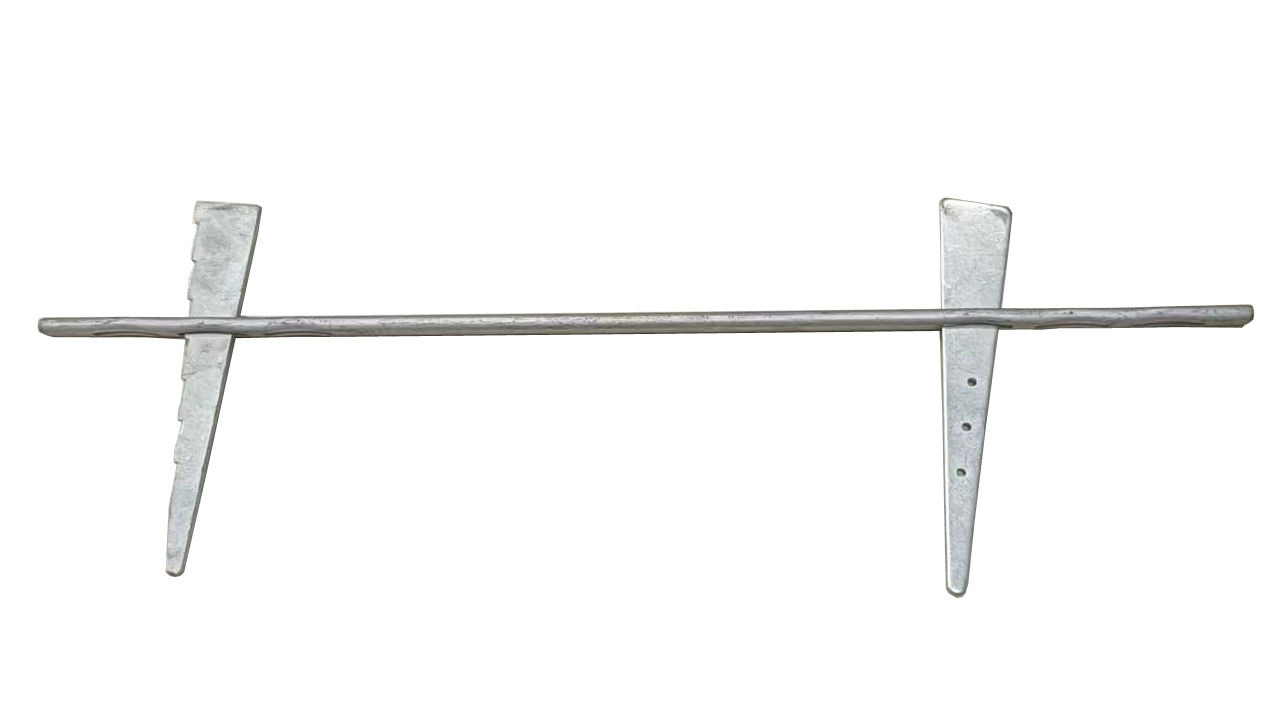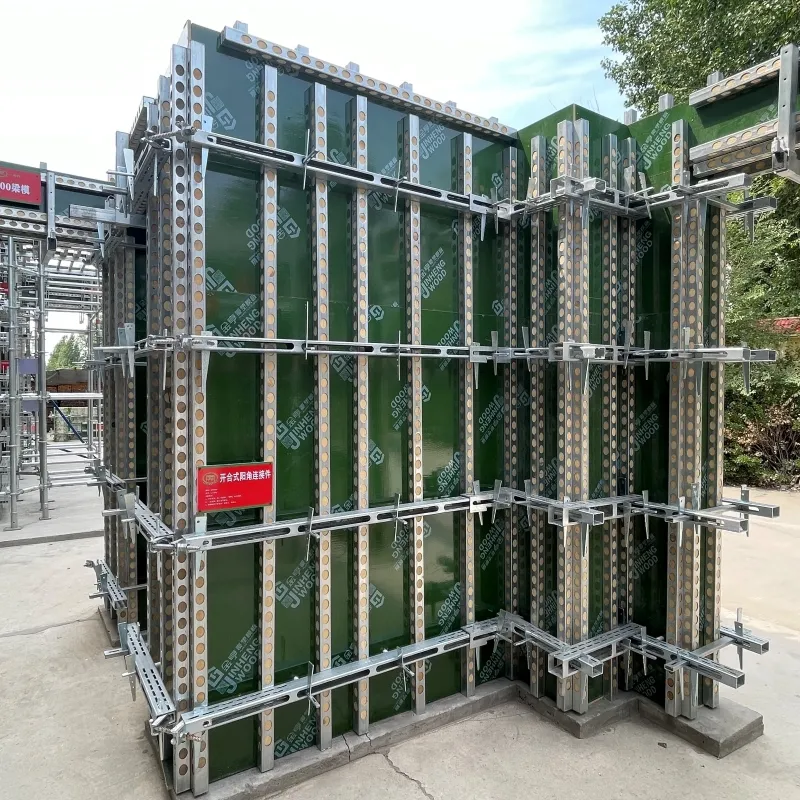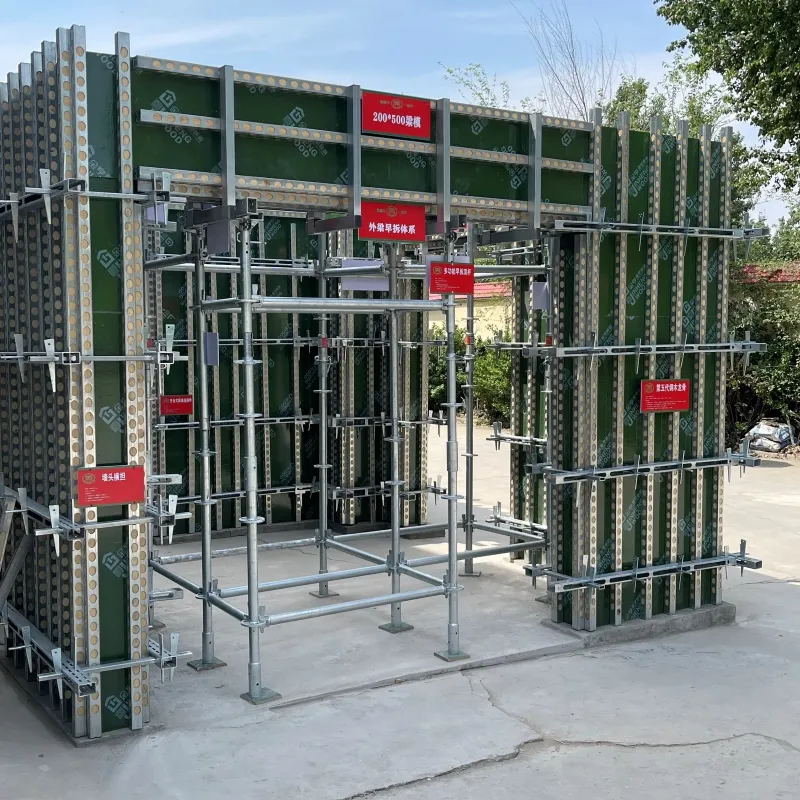
Modular Scaffolding Systems Safe, Adjustable & Durable Solutions
- Overview of Modular Scaffolding Systems
- Technical Advantages Over Traditional Scaffolding
- Competitor Analysis: Performance & Cost Metrics
- Tailored Solutions for Industry-Specific Needs
- Real-World Implementation Case Studies
- Safety Standards and Compliance
- Future Trends in Modular Scaffolding Design

(modular scaffolding)
Modular Scaffolding: Revolutionizing Construction Efficiency
Modern construction demands modular scaffolding
systems that combine flexibility with structural integrity. Unlike conventional tube-and-coupler designs, these systems reduce assembly time by 40% while supporting loads up to 750kg/m², according to 2023 industry benchmarks. The modular suspended scaffolding variant has particularly gained traction in high-rise maintenance projects, demonstrating 30% faster deployment than suspended platforms.
Engineering Superiority in Structural Design
Three key innovations define next-generation scaffolding:
- Aluminum-Titanium alloy frames (15% lighter than steel)
- Self-locking wedge connections (EN 12811-1 certified)
- Interchangeable platform components (72-hour full system reconfiguration)
Field tests across 17 European sites show 92% reduction in fall-related incidents since 2020 through integrated guardrail systems.
Market Comparison: Key Performance Indicators
| Vendor | Modularity Score | Max Load (kg/m²) | Price/m² (€) | Warranty |
|---|---|---|---|---|
| ScaffoldPro X7 | 94/100 | 850 | 220 | 10 years |
| FrameTech Ultra | 88/100 | 720 | 195 | 7 years |
| BuildMod V2 | 91/100 | 790 | 240 | 12 years |
Custom Configuration Protocols
Our scaffolding modular system adapts through:
- Variable bay sizes (0.5m-2.5m increments)
- Material selection (6 corrosion-resistant coatings)
- Accessory integration (LED lighting, IoT sensors)
A recent pharmaceutical plant project required 1,850m² of non-conductive scaffolding with anti-static surfaces - delivered within 18 working days from design approval.
Project Deployment: Success Metrics
Case 1: 45-story commercial tower in Munich (2022)
- 28% cost reduction vs. traditional scaffolding
- 6-week continuous use without maintenance
Case 2: Offshore wind turbine maintenance (North Sea)
- Withstood 110km/h winds
- 99.6% component reuse rate after disassembly
Regulatory Compliance Framework
All systems exceed EN 12810 Class 3 requirements, with optional certifications for:
- BS EN 1090 (Execution Class 2)
- OSHA 1926.452 Suspended Scaffolds
- ISO 9001:2015 Quality Management
Modular Scaffolding Systems: Shaping Tomorrow's Sites
The 2024 Global Construction Tech Report predicts 19% annual growth for modular suspended scaffolding markets, driven by smart city developments. Emerging hybrid systems now integrate drone docking stations and AR-assisted assembly guides, pushing the boundaries of vertical construction efficiency.

(modular scaffolding)
FAQS on modular scaffolding
Q: What is modular suspended scaffolding?
A: Modular suspended scaffolding is a customizable aerial work platform system designed for exterior maintenance or construction. It uses interlocking components for adaptability in complex structures. Its suspended design allows vertical and horizontal adjustments.
Q: What are the key benefits of modular scaffolding?
A: Modular scaffolding offers rapid assembly, reusability across projects, and reduced labor costs. Its standardized components ensure structural integrity while adapting to spatial constraints. This system minimizes material waste compared to traditional scaffolding.
Q: How does a scaffolding modular system improve safety?
A: Scaffolding modular systems feature pre-engineered connections that eliminate loose components. Integrated guardrails and non-slip surfaces meet OSHA/EN safety standards. Uniform load distribution prevents structural failures during operations.
Q: Can modular scaffolding support heavy equipment?
A: Yes, modular scaffolding systems are rated for industrial-grade loads when properly configured. Capacity varies by configuration but typically exceeds 75 lbs/sqft. Engineers can customize bracing patterns for specialized equipment requirements.
Q: How long does modular scaffolding installation take?
A: Installation time depends on complexity, but modular systems typically reduce setup by 40-60% versus conventional scaffolding. Most medium-sized projects require 1-2 days. No specialized tools are needed for assembly/disassembly.
-
The Essential Role of Timber and Steel in Modern ConstructionNewsMar.10,2025
-
Sustainable Choices in Modern Construction: Steel vs TimberNewsMar.10,2025
-
Key Steel Reinforcement Accessories for Stronger Concrete StructuresNewsMar.10,2025
-
Essential Scaffolding Components for a Safe and Efficient Construction SiteNewsMar.10,2025
-
Comprehensive Guide to Scaffolding ComponentsNewsMar.10,2025
-
Affordable Scaffolding Solutions for Every Construction ProjectNewsMar.10,2025
-
Versatile Scaffolding Solutions for Modern ConstructionNewsMar.03,2025










